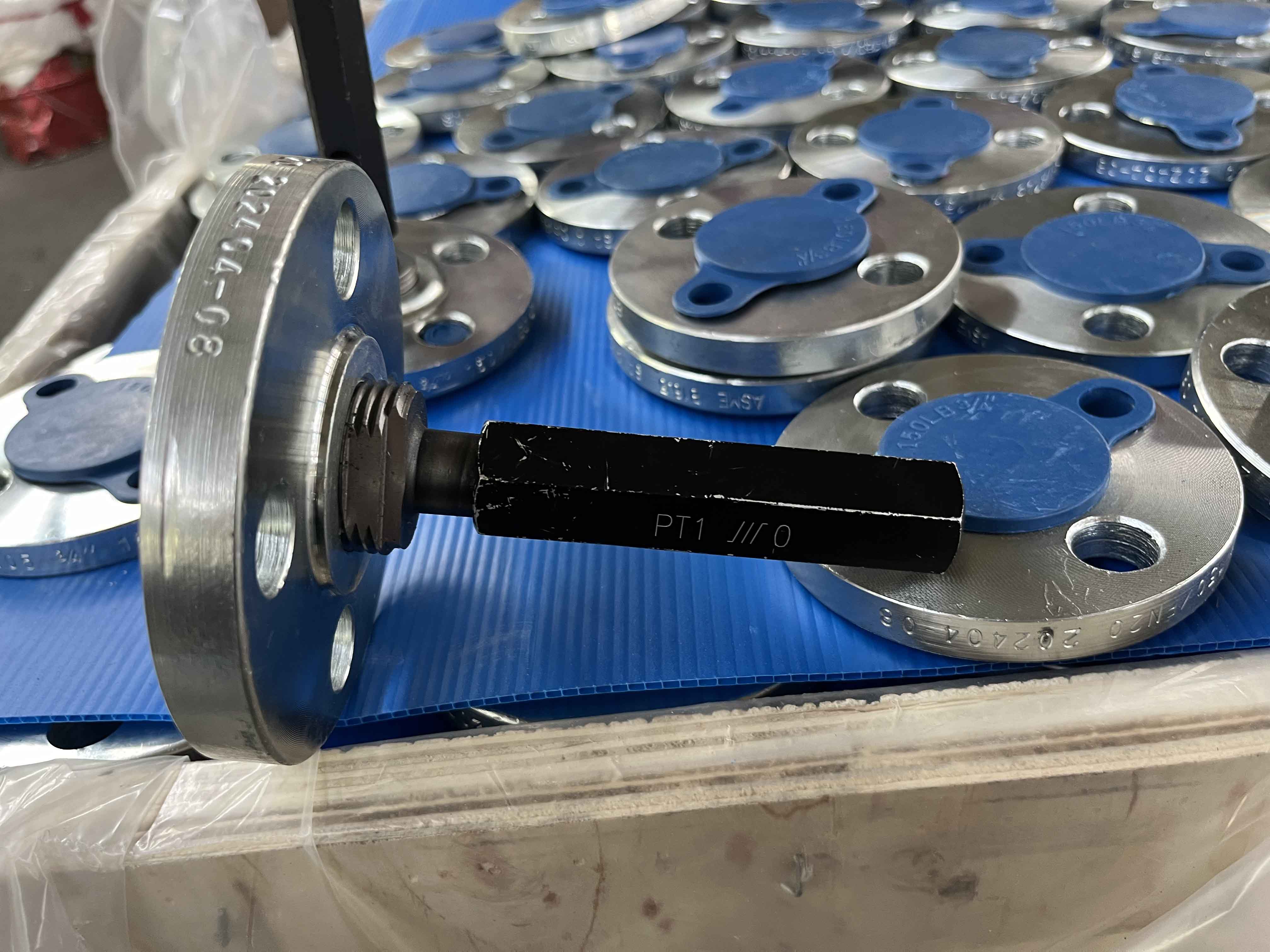Current location:
iron pipe cross fitting
Date:2025-08-16 07:02:55 Read(143)

Understanding Threaded Tube Fittings A Comprehensive Overview Threaded tube fittings are integral components used in various fluid and gas transfer systems. These fittings facilitate a secure connection between pipes, tubes, and hoses, ensuring that fluids move efficiently without leaks or contamination. Given their critical role in industrial, automotive, and plumbing applications, understanding the design, types, and applications of threaded tube fittings is essential for engineers, contractors, and maintenance personnel alike. What are Threaded Tube Fittings? Threaded tube fittings are designed to join two or more lengths of pipe or tube through the use of threaded connections. The threads on the fittings are typically standardized, allowing them to fit with respective pipes and tubes that have matching threading specifications. Their main purpose is to create a seal that prevents leakage while enabling easy disassembly and reassembly for maintenance or modification. The threads utilized in these fittings can vary in type, size, and material, depending on the specific requirements of the system in which they are used. Common thread types include NPT (National Pipe Thread), BSP (British Standard Pipe), and metric threads. The choice of thread type can significantly affect the performance and compatibility of the fittings with existing piping systems. Types of Threaded Tube Fittings 1. Male and Female Fittings These fittings can either have external threads (male) or internal threads (female). Male fittings are designed to connect to female counterparts, ensuring a secure fit. 2. Adapters and Couplings Adapters allow for the connection between dissimilar piping systems, while couplings are used to join two pipes of the same diameter. 3. Elbows and Tees These fittings are designed to change the direction of the piping, with elbows offering 90-degree bends and tees allowing for branch connections to other pipes. 4. Caps and Plugs Caps and plugs are used to terminate the ends of tubes or pipes, preventing fluid flow when necessary . threaded tube fitting 5. Bushings These are used to connect pipes of different diameters, allowing seamless integration within a piping system. Applications of Threaded Tube Fittings Threaded tube fittings are versatile and find applications in numerous industries. In the automotive sector, they are utilized in fuel and coolant systems, ensuring safe and efficient fluid transfer. In the HVAC (Heating, Ventilation, and Air Conditioning) industry, they are crucial for connecting refrigerant lines and ensuring system integrity. In the oil and gas industry, robust threaded fittings are vital for transporting high-pressure fluids safely. Additionally, in the pharmaceutical and food industries, where contamination must be minimized, specific materials and designs of threaded fittings help maintain cleanliness and compliance with stringent regulations. Choosing the Right Threaded Tube Fitting When selecting threaded tube fittings, several factors must be considered. The material of the fittings should be compatible with the fluid being transported and the environmental conditions in which they will operate. Common materials include stainless steel, brass, plastic, and carbon steel. Furthermore, the correct thread type and size must be determined to ensure proper compatibility with existing piping systems. It is also crucial to consider the pressure and temperature ratings, ensuring that the chosen fittings can withstand operating conditions without failure. Conclusion Threaded tube fittings may seem like small, simple components, but their role in fluid and gas transfer systems is vital. With a variety of types and applications, they contribute significantly to the efficiency and safety of countless industrial processes. Understanding their functions and specifications is essential for anyone involved in design, installation, or maintenance in sectors that rely on fluid transfer, thereby ensuring seamless operations and enhanced productivity.
Share:
Previous: Comparison of Flange Standards and Specifications for Industrial Applications
Next: Asme řekl 333
Kind tips:The above content and pictures are compiled from the Internet and are for reference only. I hope they will be helpful to you! If there is any infringement, please contact us to delete it!
You may also like
- Essential Components and Maintenance Guidelines for Ash Pump Systems and Their Parts
- DIN 2576 Flange Specifications and Applications
- Efficient Pipe Cutting Solutions for Precision and Speed in Plumbing Projects
- Exploring the Uses and Benefits of 4-Inch Metal Pipes in Various Applications and Industries
- Flange Blank Plate Design and Manufacturing Guidelines for Industrial Applications
- API 5L Standards for Line Pipe Specifications and Requirements
- Blind Flange Specifications and Applications in DIN 2527 Standards for Industrial Use
- EN 1092-1 Standard Overview
- Cost Analysis of 45 Degree Elbow Fittings in Plumbing Applications